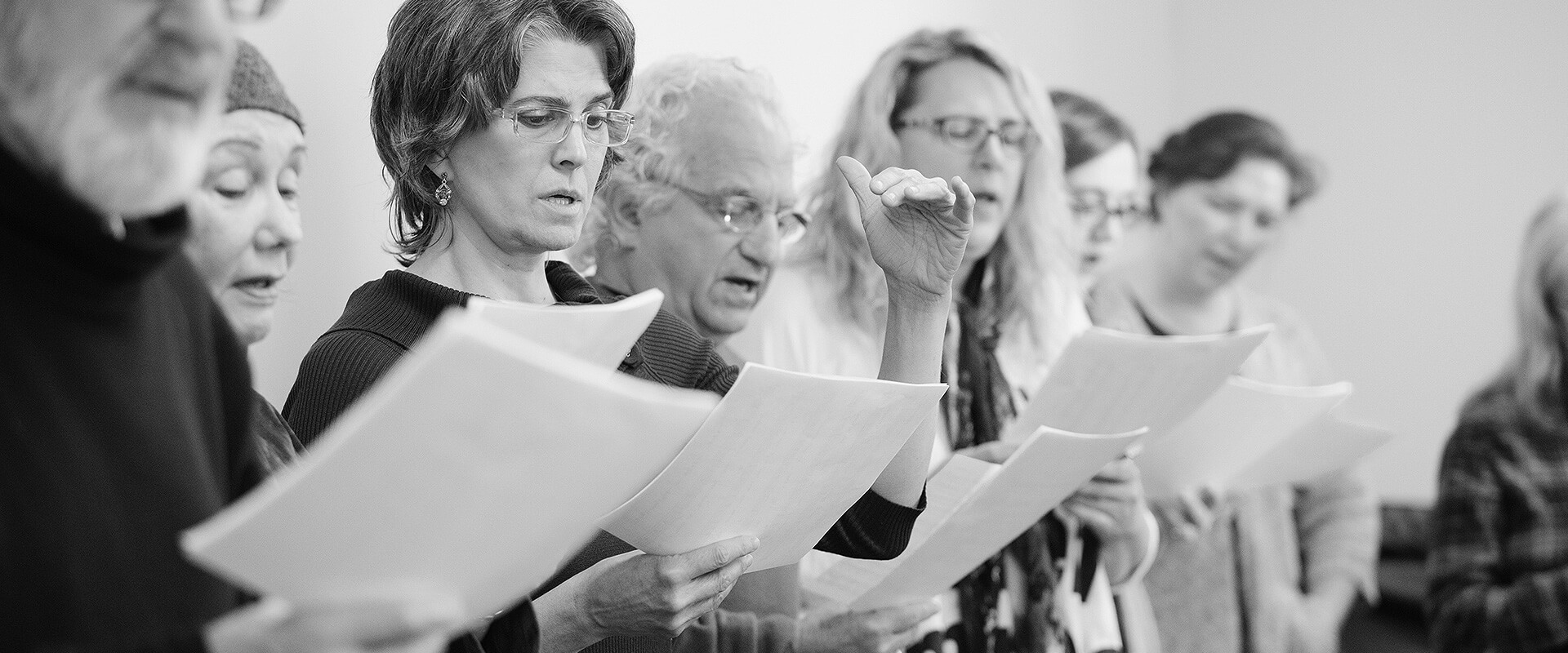Alignment (of Resonance)
The key to resonance is found within the neck posture or more precisely, in an alignment of the pharynx (see Pharynx). This alignment connects two points by an invisible thread. The first point is on the highest point of the sternum, called the anchor of the voice. The other is the nape of the neck. If we put tension between these two points, we become aware of the invisible thread which, diagonally, realigns the most important resonance. This action straightens up the pharynx, an empty space in the soft tissue of your neck. We align the pharynx more vertically so that that it can relax and resonate. There are other important reasons for this which can be discussed further during your lesson.
When your voice is free, there’s a “spin” in the sound quality of your voice (a certain freedom in the vibrato). If we want more sound or more resonance (an increase of dynamic) we try to increase the “spin” and to increase the purity of the vowel which gives focus or intensity to the voice. Never lower the larynx directly nor raise the soft palate. These two actions, preferred by a lot of singing teachers, are bad habits which create false resonance. If you think of vowels as vertical, the jaw drops and anchors the larynx in the proper way. This, with the realignment of the pharynx, ensures real resonance, at its most beautiful and natural.
If you yawn when you sing, your larynx is pressed down artificially, which prevents its freedom by restricting its movement. This is not at all recommended by Lesley because it inhibits the articulation of notes and adds too much “cover” to the voice (a dark sound). Unfortunately, we see this mistake all too often. People think that the richness of the sound, realized in this way, is good and correct. To Lesley it’s a false supposition and not the best approach. It’s an approach which also prevents finding a slender phonation, a quality which keeps your vocal cords healthy (see Phonation).
Where people get confused on the subject of resonance is in its practical application. Forcing your voice to make it better or louder is not beneficial in the long term. Resonance can’t be improved by pushing. The size of your voice depends on the anatomy of your body, your skill at aligning and relaxing the pharynx, your skill at anchoring your voice and to what extent you’ve perfected the purity of your vowels. If you “add space” to the primary resonance (by yawning, lowering the larynx, lowering the back of the tongue and/or raising the soft palate) you add false resonance. In singing, the pharynx, the soft palate and the back of the tongue are all very interconnected with the larynx. Adding a stress to any one of them can only add stress to the others. Likewise, relaxing one of them helps to relax the others. We’re looking for a natural resonance by aligning the neck (the invisible diagonal thread which aligns the pharynx), looking for purity of vowel and by leaning very, very lightly on the phonation to increase the “spin”.
It is difficult to accept that we don’t have a direct control on resonance, even though everyone likes to “play” with the ones which are false. If you think of the logic of these ideas, we hope that you will find them correct. With more experience and practice, we’re confident that you’ll see the truth of this theory. It’s by thinking in the right way that you will also be able to act upon it.
Real resonances are the most beautiful because they are not fabricated. As soon as you discover how to both align and anchor your voice, real resonance appear of their own accord, balanced to perfection. They are the ones which bring out the brilliance of your voice.
For more information or to book a private lesson, please go to the contact page.
 Montreal Voice Coach
Montreal Voice Coach